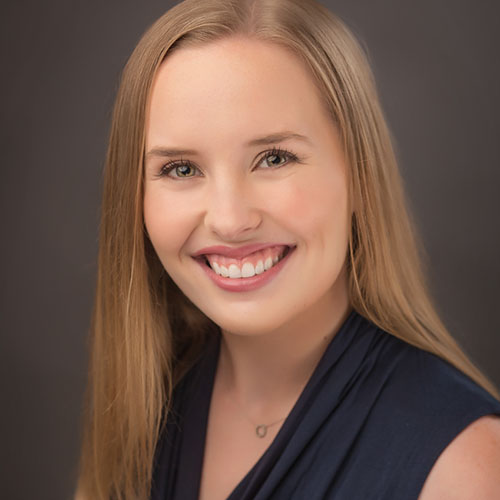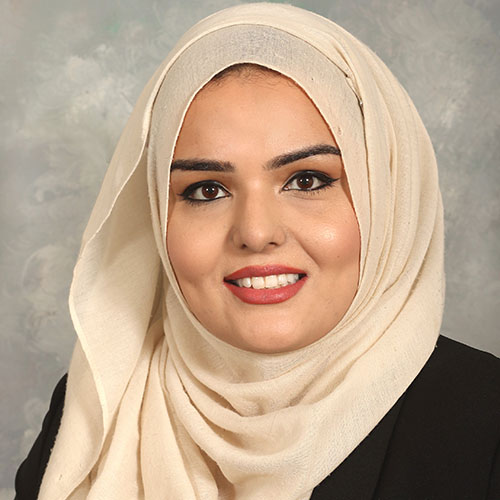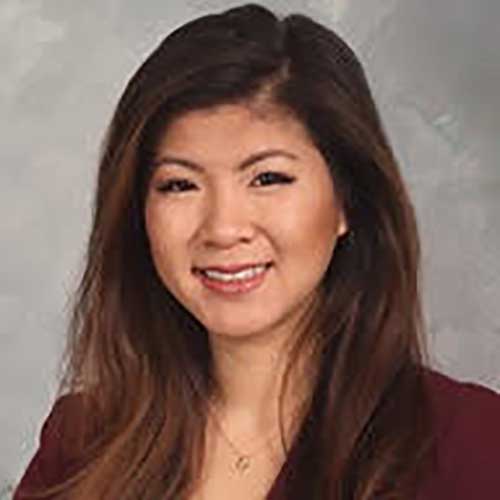DIRECTORS
Carlos González-Cabezas, DDS, MSD, PhD
Richard Christiansen Collegiate Professor of Oral and Craniofacial Global Initiatives
Professor of Dentistry, Department of Cariology, Restorative Sciences and Endodontics, School of Dentistry
Associate Dean for Academic Affairs
[email protected] | 734-763-5651
Dr. González-Cabezas is a Professor in the Department of Cariology, Restorative Sciences and Endodontics and the Richard Christiansen Collegiate Professor of Oral and Craniofacial Global Initiatives at the University of Michigan School of Dentistry. He also serves as the Associate Dean for Academic Affairs.
Dr. González-Cabezas is regularly engaged in numerous research projects; many of them in collaboration with other institutions from all over the world. Dr. González has particular interest in secondary caries, dental erosion-abrasion, remineralization, fluorides, and oral health products in general (e.g., dentifrices, rinses, toothbrushes, etc.).

Margherita Fontana, DDS, PhD
Clifford Nelson Endowed Professor of Dentistry
[email protected] | 734-647-1225
Margherita Fontana, DDS, PhD, is the Clifford Nelson Endowed Professor of Dentistry in the Department of Cariology, Restorative Sciences and Endodontics at University of Michigan School of Dentistry (U-M). She is currently co-director of Cariology courses, and cariology discipline co-coordinator at U-M. As a principal investigator, she has received research grants from the National Institutes of Health, the Centers for Medicare and Medicaid, the American Association of Pediatric Dentistry, the Delta Dental Fund, DentaQuest, and private industry amongst others. She has over 125 papers published in peer reviewed journals, such as Journal of Dental Research, Caries Research, Journal of Dental Education, Pediatric Dentistry, Advances in Dental Research, Journal of Public Health Dentistry, Journal of the American Dental Association, British Dental Journal, etc. She was the 2007-2008 President of the Cariology Group of the International Association for Dental Research (IADR), and the 2010-2011 Chair of the Cariology Section of ADEA. In 2012 she received the USA Presidential Early Career Award for Scientists and Engineers (PECASE) for her work on caries risk assessment in children. She was the 2009 winner of the IADR Cariology Research Group’s Basil G. Bibby Award in Cariology, and in 2016 winner of the IADR Burrows Memorial Award.














